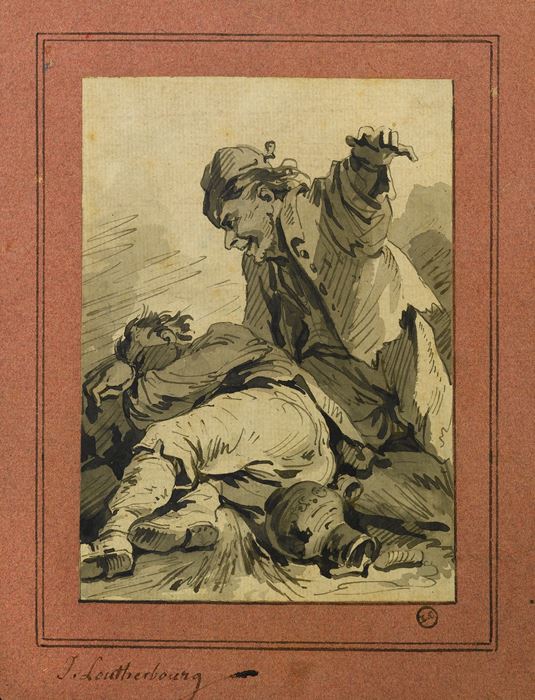Description & Technical information
In this drawing Philippe-Jacques de Loutherbourg has shown a robbery in process. One man is fast asleep; the spilt flagon suggesting that he is either drunk or has possibly been drugged. The second man looms over the sleeping figure, his arm outstretched. It appears that he is about to steal whatever the sleeping figure cradles in his arms. The thief is dressed in torn, ragged clothing, has a straggling beard and long, unkempt hair. His appearance suggests that he is an impoverished street thief and his sly, gleeful grin confirms his wickedness. The prominently positioned flagon is decorated with an oriental text, thus the present work possibly shows the robbery of a naive foreigner.
In Two Men, One Sleeping the robber’s clothing strongly reflects his character. His costume quickly establishes his role in the image and the focus on costume is a feature in several of de Loutherbourg’s drawings, such as Man in Uniform. Although this drawing has no narrative, as it is a study of the figure of an officer in his uniform, like the figure of the thief in Two Men, One Sleeping, the viewer gains an immediate, concise and clear insight into the officer’s character. His tight-fitting jacket accentuates his rather portly figure, and as it clings to his large stomach, the buttons seem on the verge of popping off. It creates a slightly comical appearance although the man is clearly well-off. His chubbiness, confident upright bearing and his jolly, round face creates an image of a well fed, upper class man that is ever so slightly mocking. This is an example of the characteristic humour found in de Loutherbourg’s work.
De Loutherbourg’s father, Philipp Jakob (1698-1768) was an engraver and miniature painter to the court of Darmstadt. In 1755, he took his family to Paris, where de Loutherbourg became a pupil of Carle van Loo (1705-1765). At this early stage he specialised in landscape painting but the focus of these works was often on the foreground figures, which are framed by natural formations that occasionally fall away to reveal distant horizons. His original style was extremely popular with the French public but in 1771 he went to London, intending to take advantage of the wealthy English market. Here he met the English actor and manager David Garrick, who employed de Loutherbourg as his chief scene designer at the Drury Lane Theatre. De Loutherbourg became the most inventive set designer in eighteenth-century Europe. His lighting and sound effects, use of puppets and models, introduction of painted act drops between scenes and the diversity of his stage pictures set a precedent for all future attempts at theatrical illusion. Two Men, One Sleeping is itself a very theatrical drawing, with the dramatic gesture of the thief and the clarity of the narrative. De Loutherbourg’s work became characterised by its variety, from landscape to caricature and he often adapted his art to suit the market. De Loutherbourg was also a prolific illustrator, contributing twenty plates to John Bell’s second edition of Shakespeare (1786-1788), as well as publishing his collections of engravings, The Picturesque Scenery of Great Britain (1801) and The Picturesque and Romantic Scenery of England and Wales (1805).
Period: 1750-1850, 18th century, 19th century
Origin: France, England
Medium: Pen, Black ink, Grey wash
Signature: With inscription ‘J. Loutherbourg’ (on the mount).
Dimensions: 13.6 x 12.4 cm (5³/₈ x 4⁷/₈ inches)
Provenance: Louis Corot, Nimes (his stamp, Lugt. 1718).
Categories: Paintings, Drawings & Prints

Discover the gallery
Sphinx Fine Art
Old Master & Russian Paintings
More Works From This Gallery
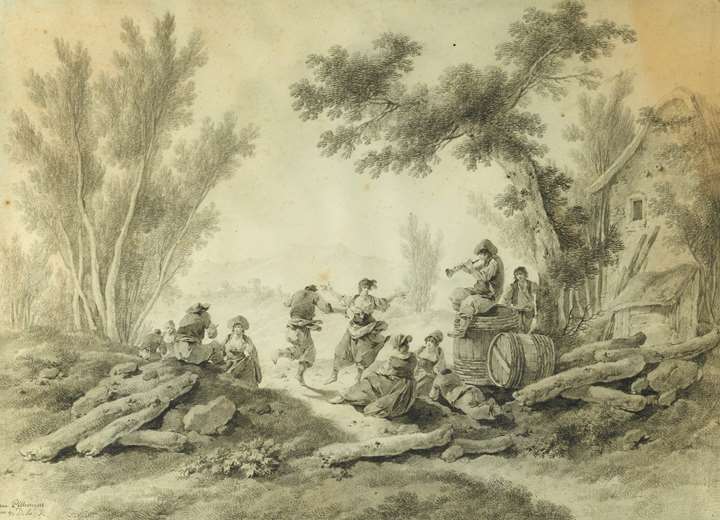
Sphinx Fine Art
Peasants Resting and Dancing to a Piper beside a Farm
Jean-Baptiste Pillement (Lyon, 1728 - Lyon, 1808)

Sphinx Fine Art
View of the Süleymaniye Mosque over Rooftops
Count Amadeo Preziosi (Valetta, 1816 - Istanbul, 1882)
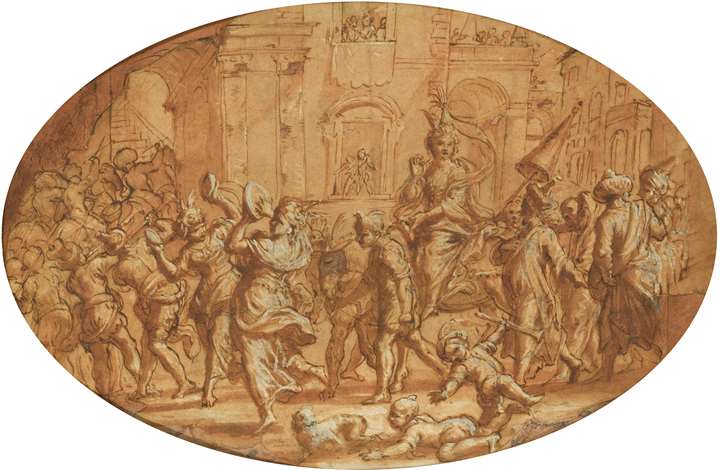
Sphinx Fine Art
A Processional Feast with Musicians and People in Costume, a Woman on a Horse at the Centre
Giovanni Maria Morandi (Florence, 1622 - Rome, 1717)
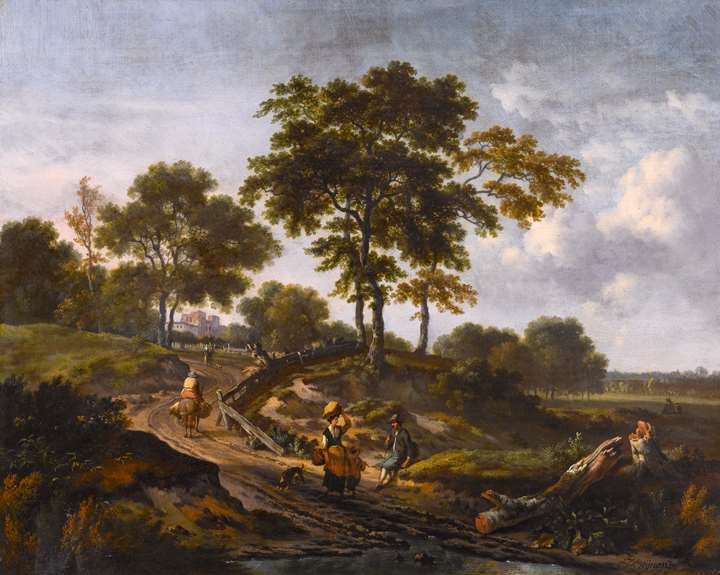
Sphinx Fine Art
A Landscape with Peasants Conversing on a Countryside Path
Jan Wijnants (Haarlem, 1635 - Amsterdam, 1684)
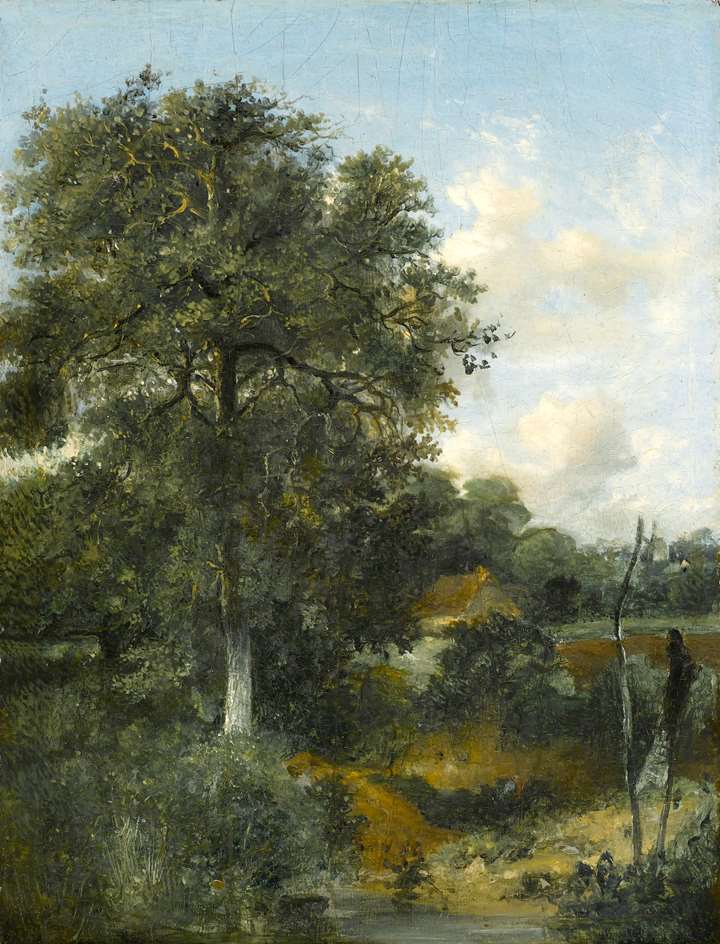
Sphinx Fine Art
A Wooded Landscape with an Oak
John Crome (Norwich, 1768 - Norwich, 1821)
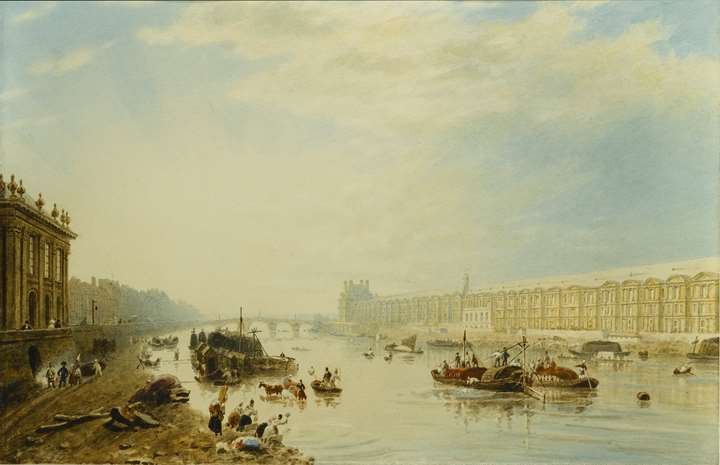
Sphinx Fine Art
The Seine, Looking Towards the Louvre and the Pont Royal
Frederick Nash (British, 1782 - 1856)

